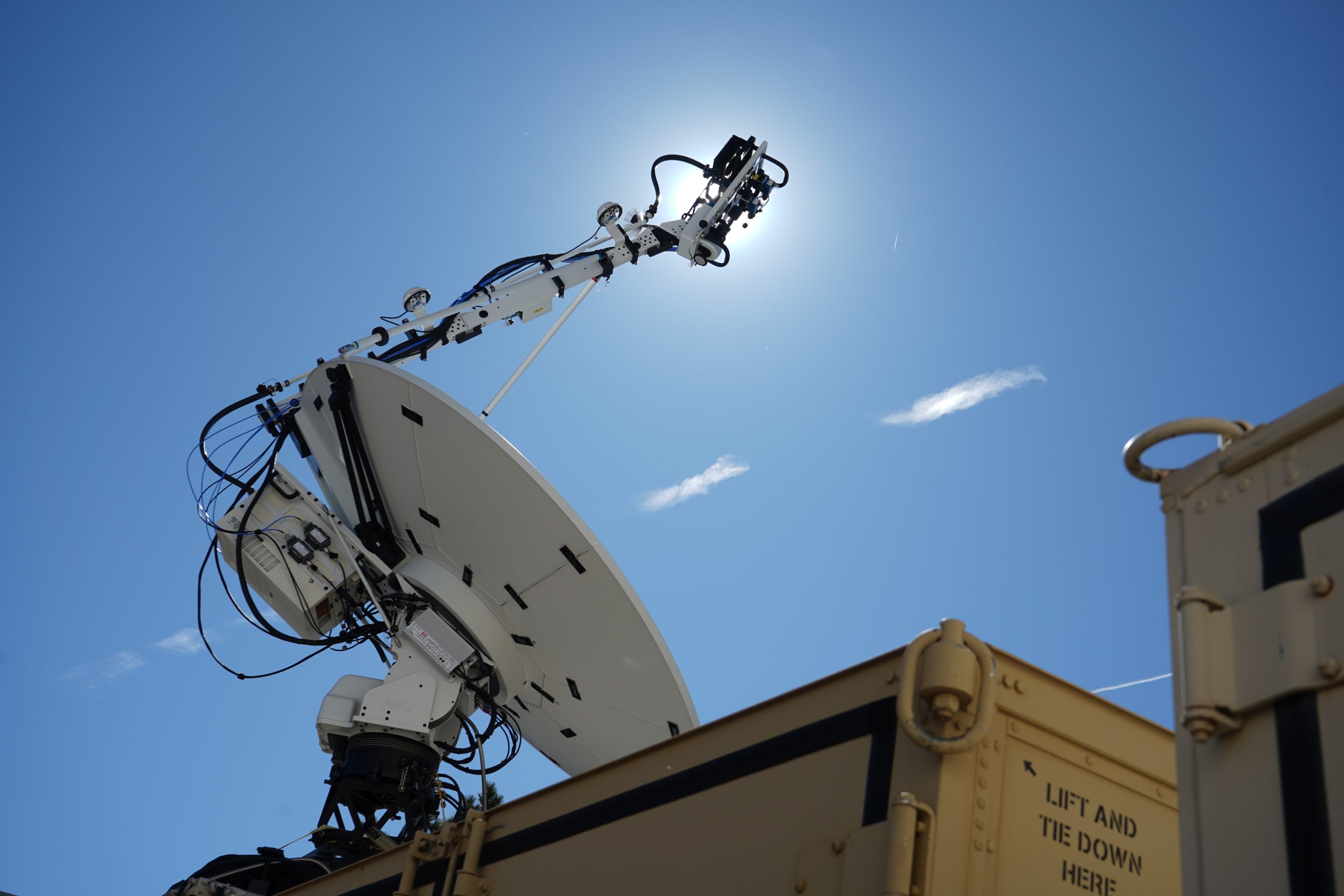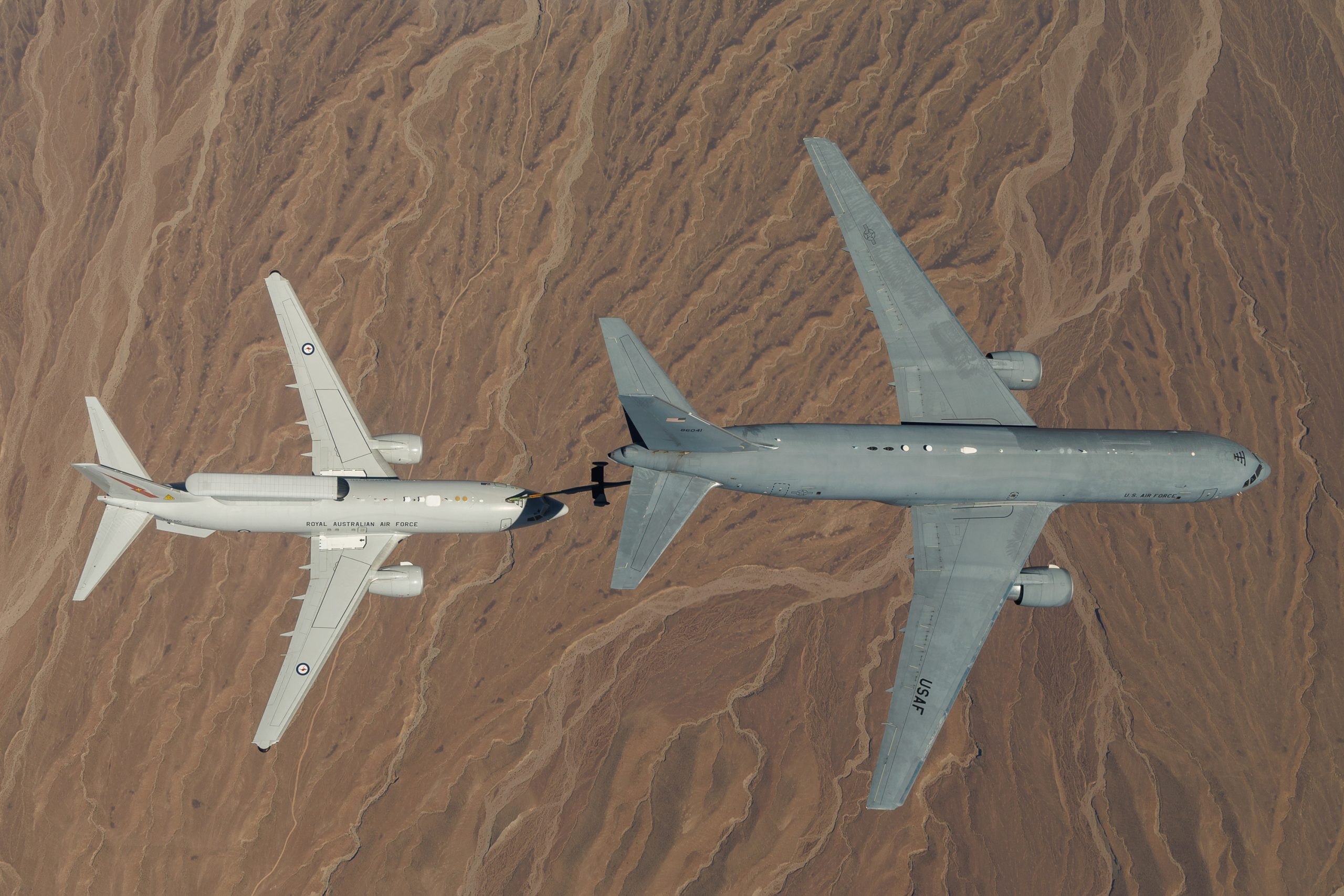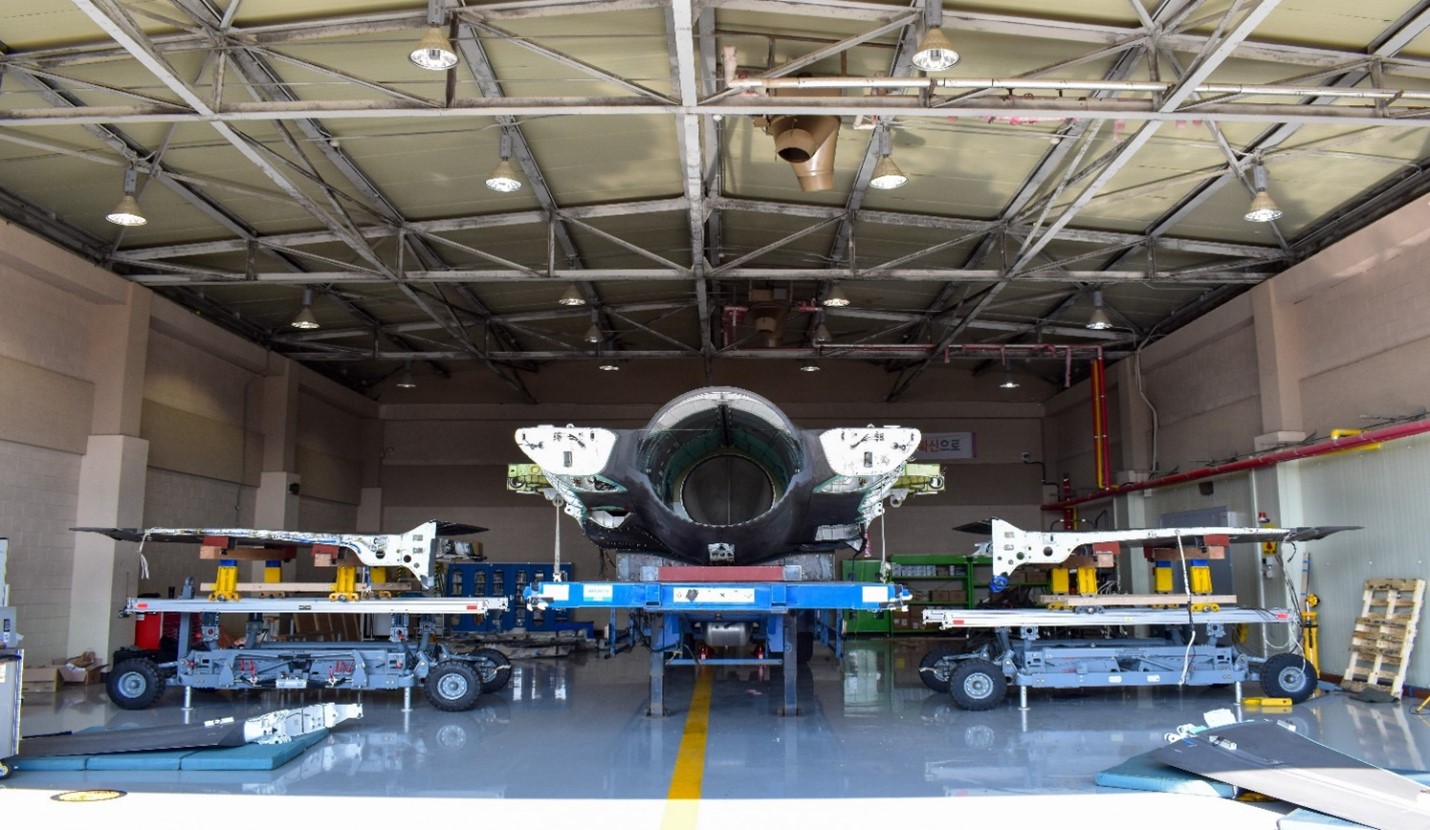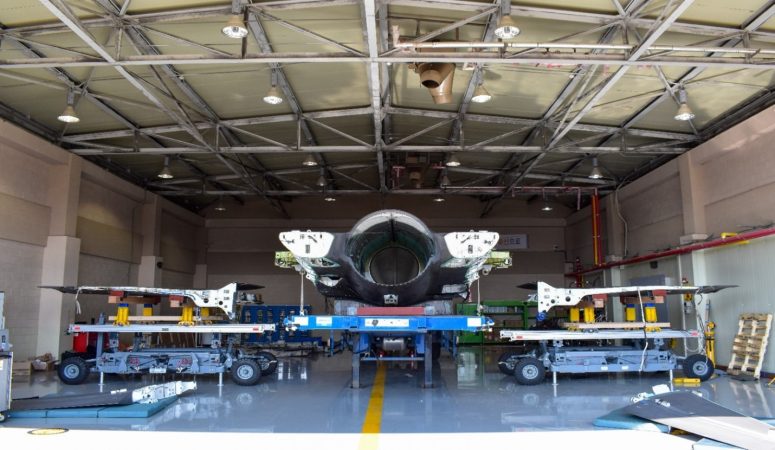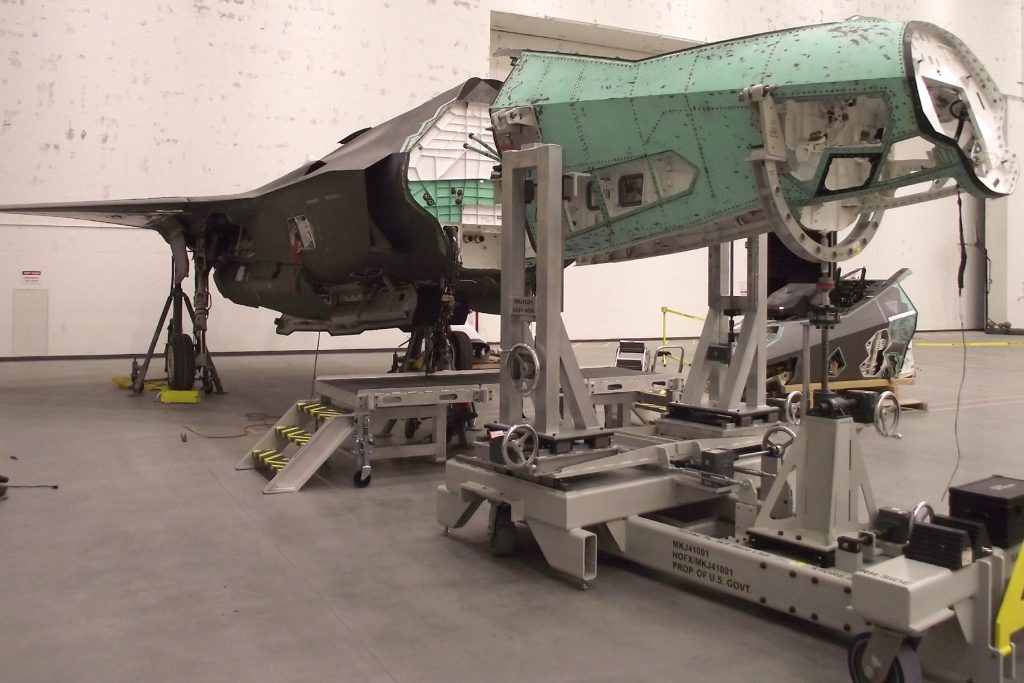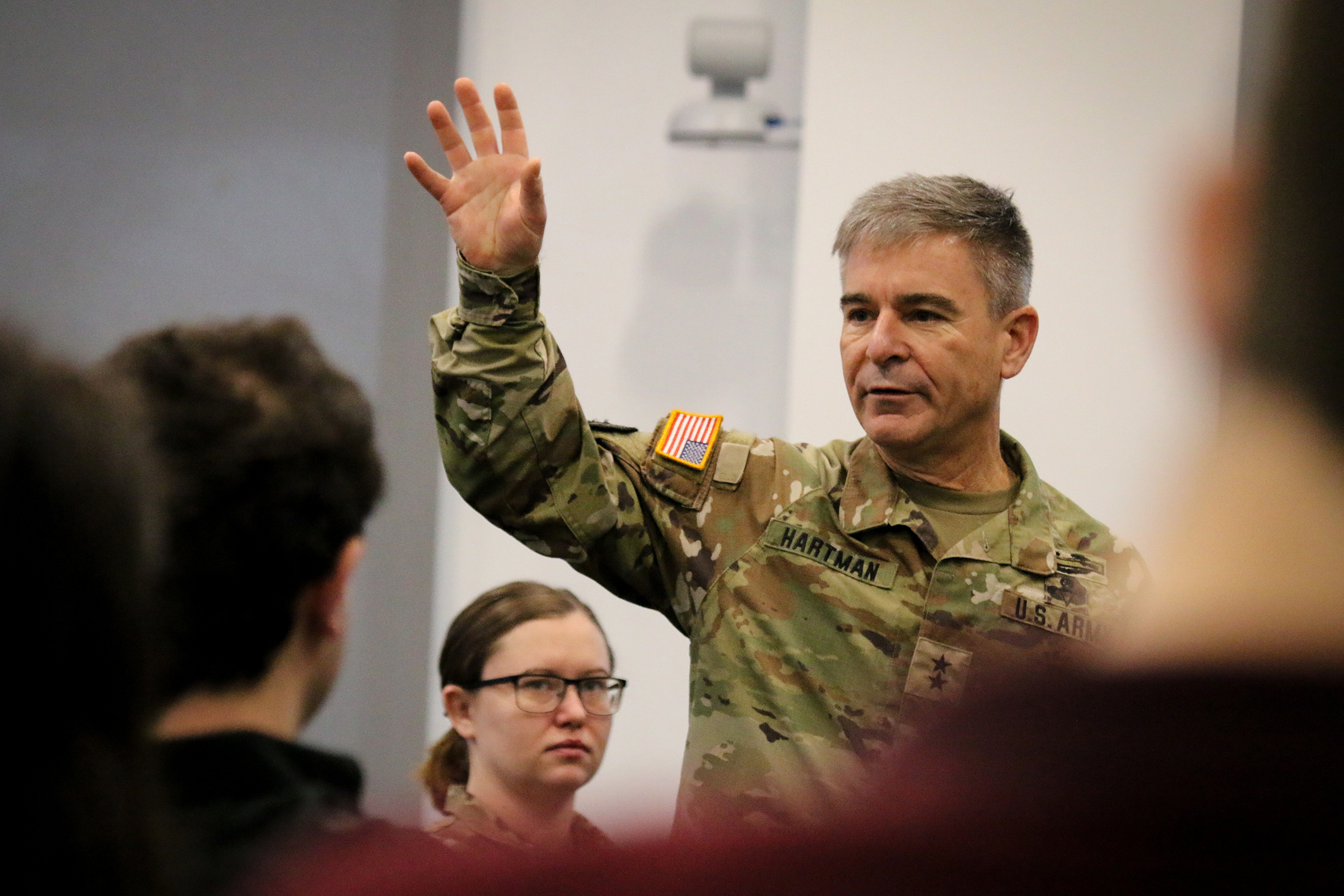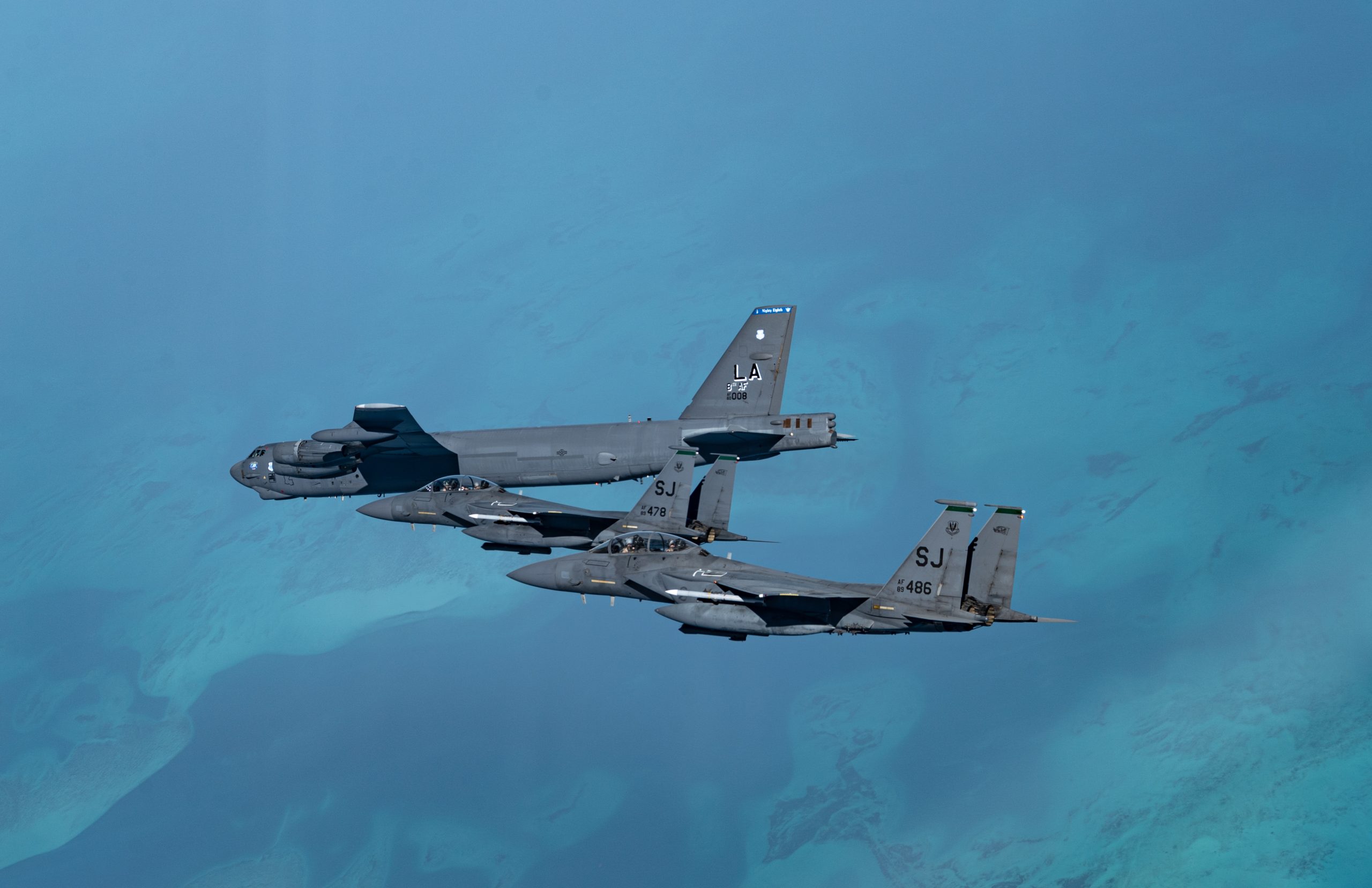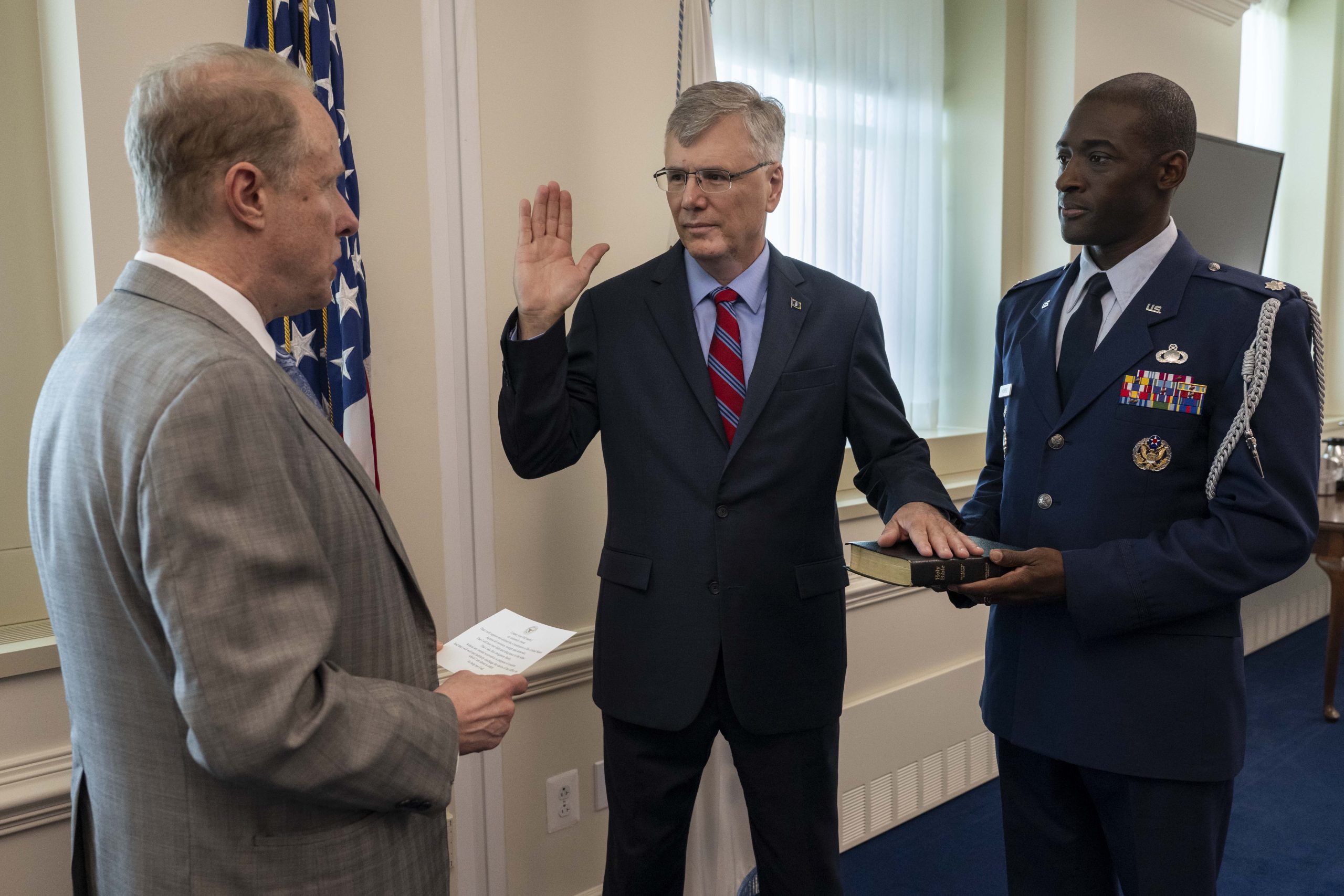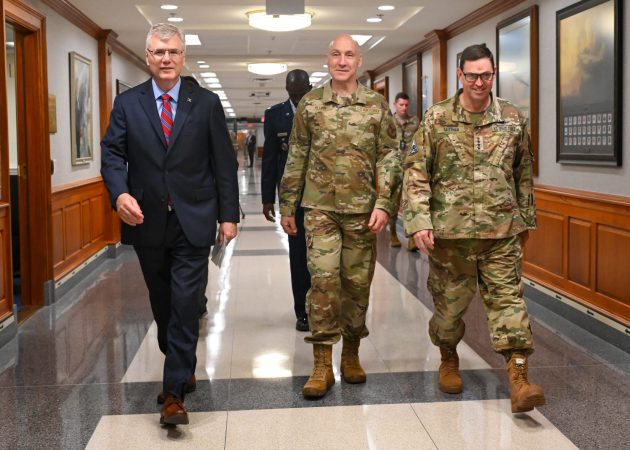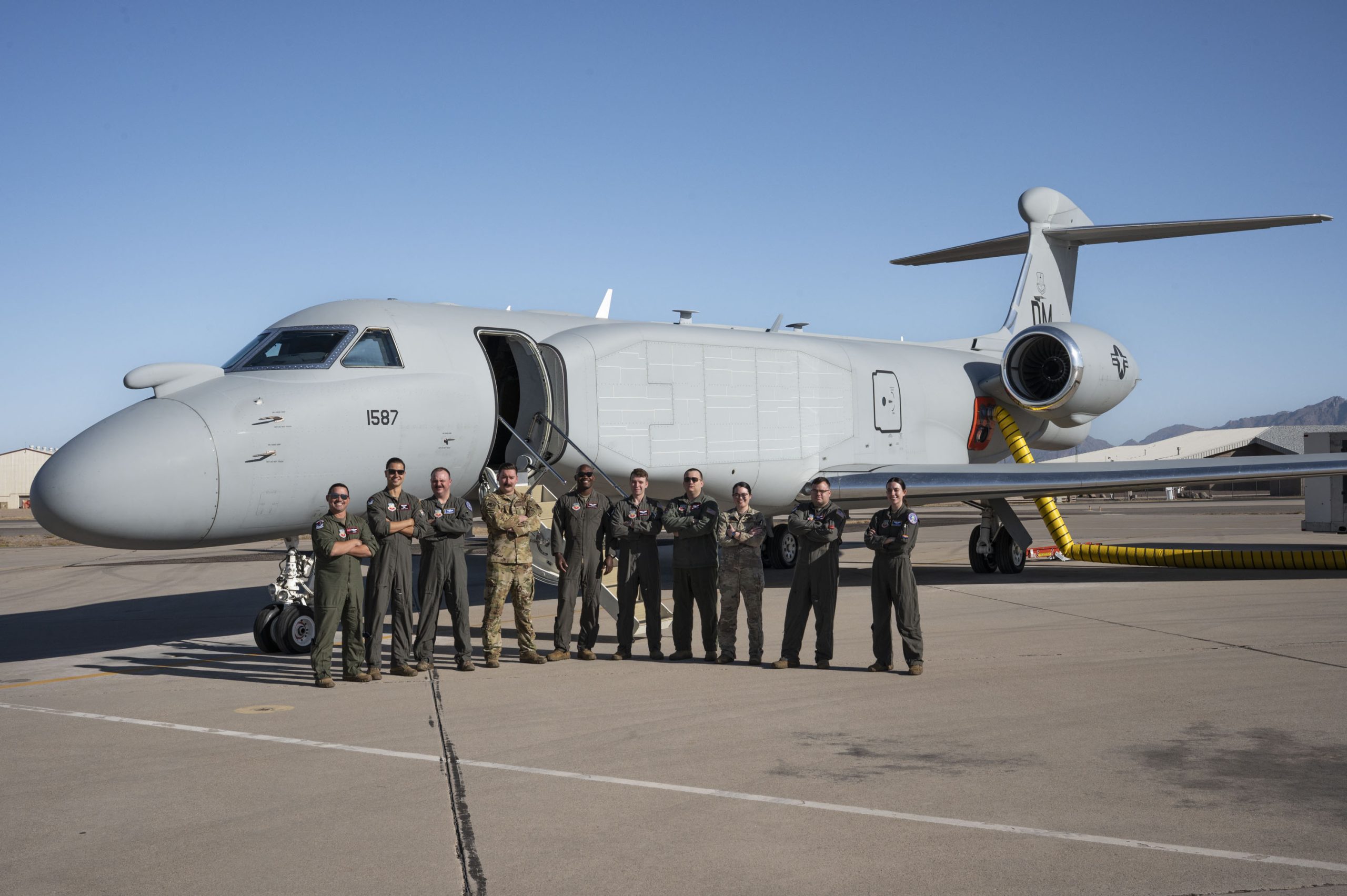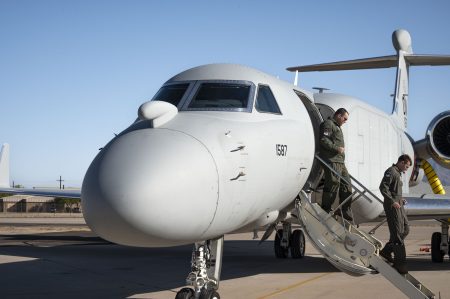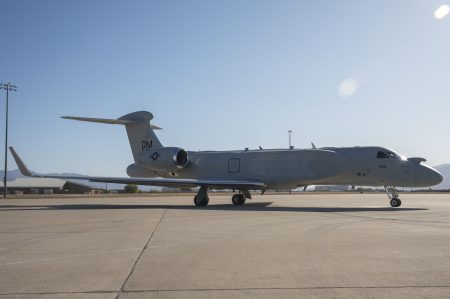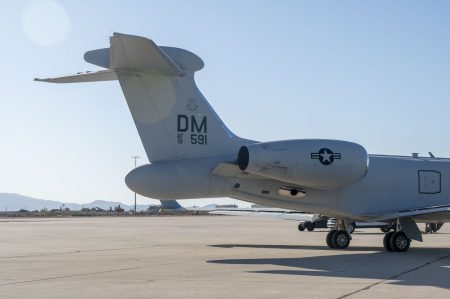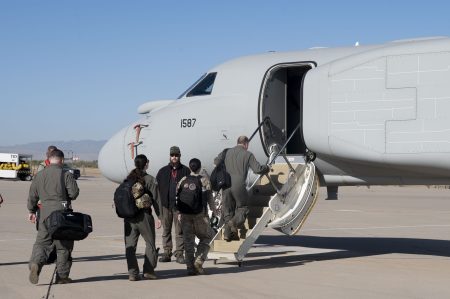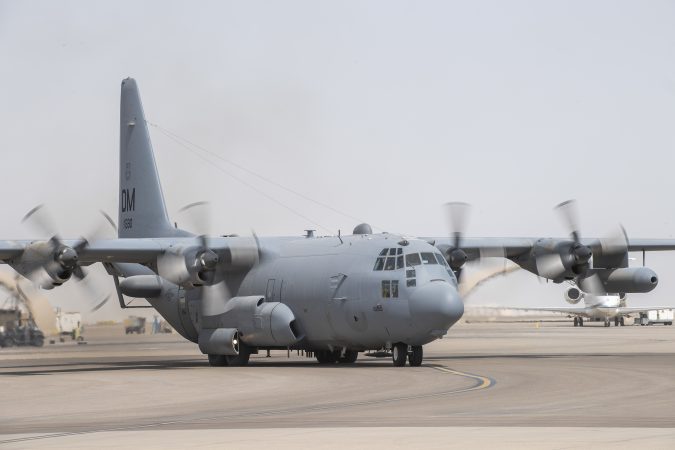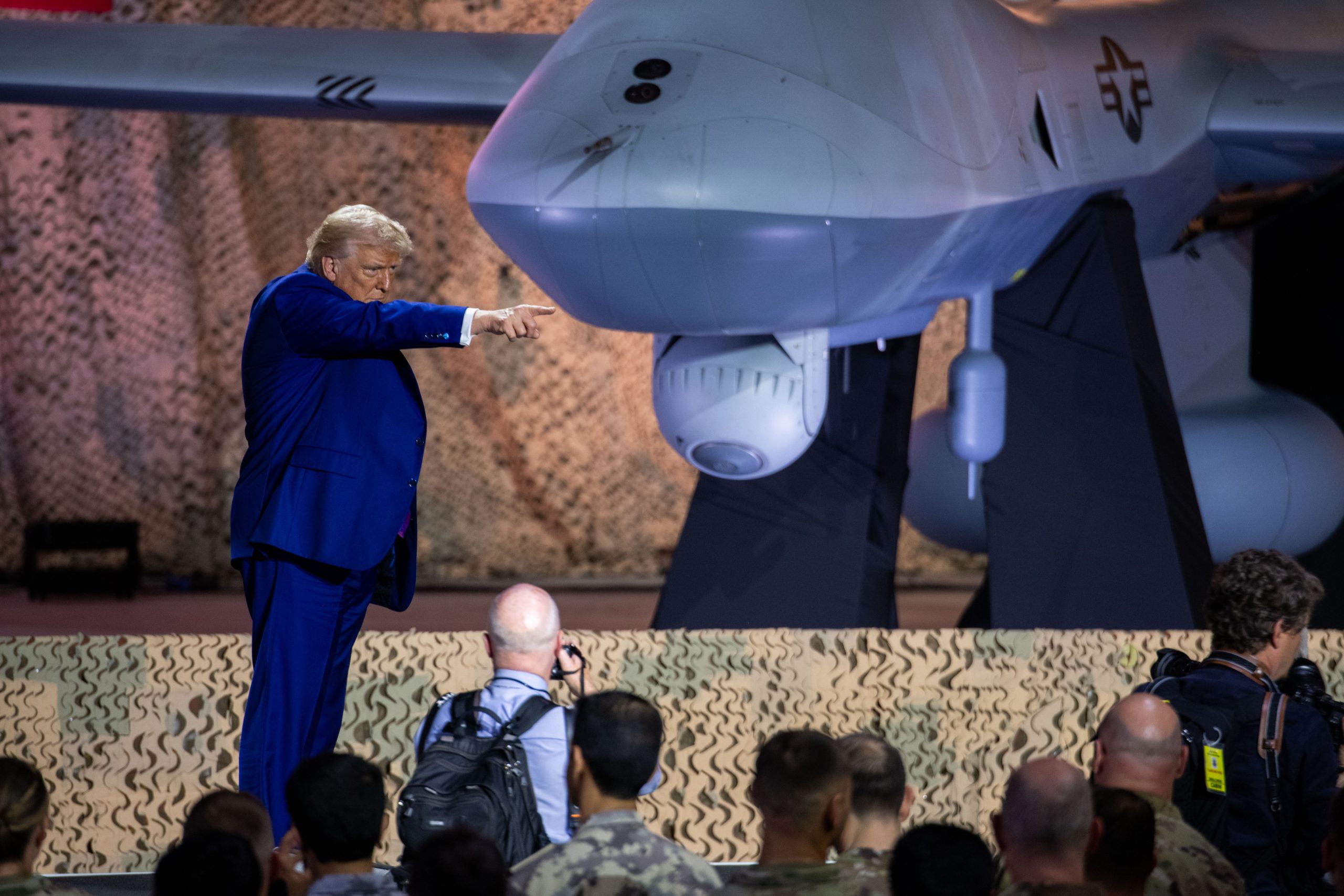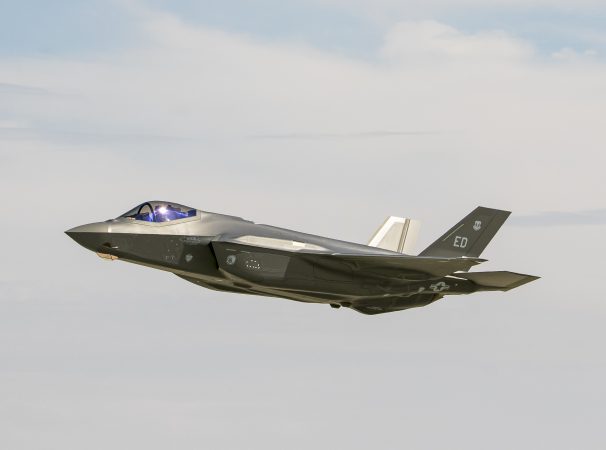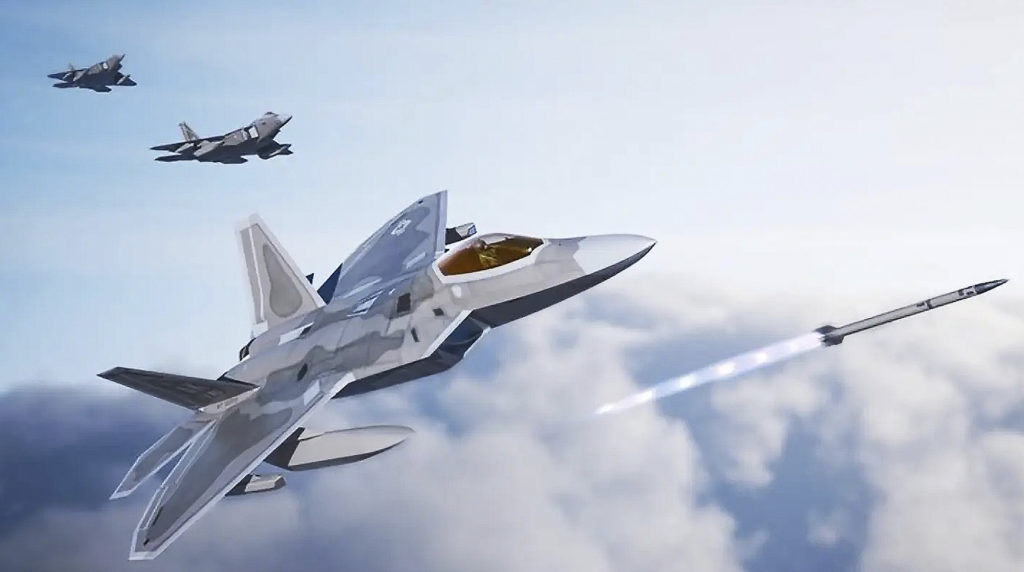Unclear signaling, secret technology, ambiguous policies, and a zero-sum outlook on security may make it “extremely challenging” for the U.S. to deter any and all attacks on U.S. space assets by China, according to a new study.
But by improving the resilience of U.S. space architecture, expanding counterspace capabilities, improving space domain awareness, and promoting international norms of behavior in space, the U.S. and its allies may be able to deter China from the most escalatory attacks, such as the ones that produce space debris or result in deaths. These mechanisms could also reduce the advantage of a first strike by China, which could have a deterrence-like effect.
“U.S. efforts to respond to the China military threat in space may be better focused on developing space as a warfighting domain with a secondary deterrence objective,” wrote the federally-funded think tank Center for Naval Analyses in a report published May 19 by the Air Force’s China Aerospace Studies Institute.
“In doing so, the primary consideration for U.S. planners would be to deny the [People’s Republic of China] the advantage of a first strike rather than deterring conflict in space,” the report said. “Nevertheless, treating outer space like other warfighting domains would still require developing many of the same capabilities needed for deterrence.”
The report defined space deterrence as one country dissuading another from interfering with space systems in orbit or on the surface. The report was inspired by nuclear deterrence during the Cold War, during which theoretical writings on the concept of deterrence “had a profound influence on U.S. foreign policy,” the report said. “Application of these theories to the nuclear domain helped maintain peace between the U.S. and the Soviet Union.”
But deterrence is different in space, where a wide range of weapons (some reversible and others not) and unclear norms make calculating reactions more difficult. The report identified ten factors that could affect U.S. deterrence of China in space, split between three categories. Just two of the ten factors are likely to increase America’s ability to deter China in space.
Category One: Military balance and space-unique factors
- 1. Military balance: The U.S. military overall is still widely perceived as being stronger than the Chinese military, which could favor U.S. deterrence efforts. But that deterrent effect could degrade as China expands its military footprint in space and worldwide.
- 2. Offensive military doctrine: In space, the one who strikes first has an advantage that could create decisive opportunities in other domains. The so-called “first-mover” advantage could limit the effectiveness of deterrence.
- 3. Ambiguity of intentions: U.S. and Chinese space policies regarding kinetic attacks against satellites, counterspace intentions, and counterspace capabilities are ambiguous, the report said. While that allows more freedom of action, it also lacks the specificity for effective signaling, which could lead to inadvertent escalation.
- 4. Nearly all systems in space are uncrewed, which means attacking them has a lower escalatory potential, than attacking crewed systems.
Category Two: Challenger (PRC) views
- 5. China is dissatisfied with the status quo of the international order both on Earth and in space, in which the PRC depicts the U.S. as a malevolent actor seeking to block China’s efforts to peacefully expand its economic development. China’s “strong sense of grievance and dissatisfaction” means U.S. deterrence will likely be less effective, the report said.
- 6. The U.S. military’s heavy reliance on its space architecture makes it a tempting target for the People’s Liberation Army, further reducing the effectiveness of deterrence in space.
- 7. But that factor cuts both ways: as the PLA becomes more dependent on space, it may make the PRC more reluctant to risk its own space assets or pursue escalatory options.
Category Three: International Norms and signaling
- 8. Both the U.S. and China have positioned space as a warfighting domain in which offensive counterspace operations are permissible, which reduces the effectiveness of deterrence.
- 9. Weak international norms: Treaties, laws, agreements, and customs establish acceptable practices, but there are few norms against attacks on space assets, with China and Russia both regularly attacking U.S. satellites with non-kinetic weapons, according to top Space Force officials. The report said China is unlikely to agree on norms if they are sponsored primarily by the U.S.
- 10. The U.S. could offer positive inducements or reassurance to prevent conflict, though the report did not give specific examples. The problem is that scholars say the U.S. and China “are in a dangerous action-reaction cycle in which both sides increasingly view the relationship as zero sum,” which makes unclear the feasibility of reassurance.
Only factors 1 and 7 may increase U.S. deterrence abilities in space, but the report still encouraged officials to build the resilience of space architecture, increase space domain awareness, and flesh out game plans for escalatory scenarios.
Improving the resilience of space architecture means spreading out space capabilities over a large number of replaceable systems rather than concentrating them in a small number of irreplaceable systems. That’s already a key part of how Space Force officials envision future satellite constellations.
“A resilient force can deter attacks and, when necessary, withstand, fight through, and recover rapidly from them,” Chief of Space Operations Gen. B. Chance Saltzman said in 2023.
Improving space domain awareness could also boost strategic stability by allowing the U.S. to hold bad actors accountable. Anomalies in space could be from enemy action, malfunction, or weather, experts wrote. For example, in 2009, U.S. Space Command did not know a Russian satellite had collided with an Iridium communications satellite until after Iridium told SPACECOM, the report said. Greater awareness could lead to better information and thereby better crisis decisions, they said.
The U.S. could also come up with effective responses ahead of time by thinking through specific scenarios such as an attack against missile warning satellites and kinetic attacks, where leftover debris remains in orbit and poses a threat to other space systems.
And although China and Russia may be skeptical of international norms, they are still worth pursuing, experts said.
“Even if the PRC is dissatisfied with the status quo, PRC leaders do care about how China is viewed by the international community, which could be one avenue to discuss agreed-upon norms for outer space,” they wrote.
“Despite some of the seemingly pessimistic predictions, opportunities for cooperation may still exist,” they added. “Developing shared norms in space with the PRC may be a best case scenario, but even if norms cannot be fully established, U.S.-China dialogue on appropriate actions in space could improve signaling between the two countries and reduce ambiguity and miscommunication.”
